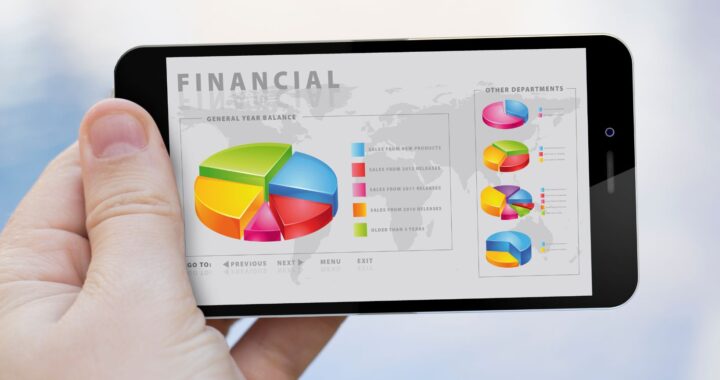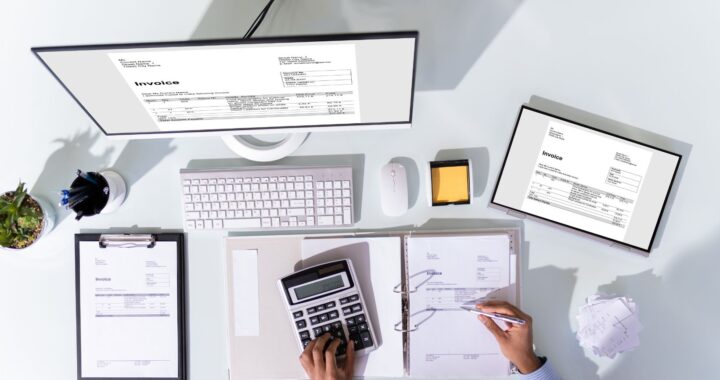
Effective Monitoring and Protection Measures: You Can Monitor and Protect Your Financial Data in all of The Following Ways Except
You Can Monitor and Protect Your Financial Data in all of The Following Ways Except
As an expert in the field, I’ve spent years exploring the ins and outs of financial data protection. I’ve discovered many methods to monitor and safeguard your financial data. However, there’s a common misconception that needs clarifying. Not all methods are effective and some can even put your data at risk.
One of the most essential things to understand is the difference between effective and ineffective strategies. It’s crucial to know what works and what doesn’t when it comes to protecting your financial data. This knowledge can be the difference between secure finances and a potential disaster.
In this article, I’ll debunk a popular myth about financial data protection. We’ll explore a method that’s commonly believed to be effective, but in reality, isn’t. This way, you’ll be equipped with the right information and avoid falling into the trap of ineffective data protection.
Ways to Monitor and Protect Your Financial Data
It’s crucial to safeguard your financial data. Many methods can help you achieve this. However, not all are effective. Here are some strategies that I, as a seasoned expert in financial data protection, recommend.
1. Regularly Overview Your Account Statements: Regular overview of your financial statements can help you spot any unusual activities. If you see any suspicious transactions, report them immediately.
2. Use Secure Networks for Financial Transactions: Avoid conducting financial transactions over unsecured networks. Public Wi-Fi hotspots often lack adequate security measures. Always use a secure, private network for financial transactions.
3. Update Your Software Regularly: Outdated software can have security vulnerabilities. Regularly updating your software can help protect your financial data from threats.
4. Set Up Transaction Alerts: Many financial institutions offer transaction alerts. These alerts notify you of any activity in your account, enabling you to keep track of your finances in real-time.
5. Use Strong, Unique Passwords: Using a strong, unique password for each of your financial accounts can enhance security. Avoid using easily guessable passwords.
6. Be Wary of Phishing Scams: Phishers often send emails or texts pretending to be your bank or credit card company. They’ll ask for your personal information. Always be skeptical of such requests.
Remember, it’s not just about choosing a strategy and sticking to it. It’s about understanding your options and making informed decisions. As you continue reading, you’ll find that some widely accepted methods may not be as effective as they seem.

Monitoring Your Bank Accounts
Vigilance is your best defense when it comes to the protection of your financial data. One of the most effective strategies involves keeping a close eye on your banking activities.
Regularly Overviewing Transactions
I can’t stress enough the importance of regularly overviewing your bank transactions. It’s a simple yet powerful way to monitor your financial data. By doing this, you’ll be aware of all the activity in your accounts. It’ll help you spot any unfamiliar or suspicious transactions that could indicate fraudulent activity.
Don’t just check your monthly statements, make it a point to overview your accounts at least once a week. Most banks and credit card companies have mobile apps that make it easy to do this on the go. If you spot a transaction that doesn’t look right, contact your bank immediately. The sooner you report it, the better your chances of resolving the issue.
Setting Up Account Notifications
Another effective strategy is to set up account notifications. Many financial institutions offer this feature. It allows you to receive alerts for various activities in your accounts, such as large transactions, low balance warnings, or changes to your personal information.
These alerts are delivered via email, text messages, or push notifications from your bank’s mobile app. You can often customize the types of alerts you want to receive and the thresholds for triggering them. For instance, you can set an alert to notify you whenever a transaction over a certain amount is made.
Utilizing account notifications not only keeps you informed about your account activity but also enables you to spot and respond to potential fraud quickly. Remember, in the world of financial data protection, staying proactive is key.
Remember, though these measures are effective, they aren’t foolproof. Other safeguards, such as using secure networks for transactions, updating software, using strong passwords, and being wary of phishing scams, are also crucial. Make informed decisions and avoid relying solely on one method of data protection. There’s no such thing as being too cautious when it comes to protecting your financial data.





